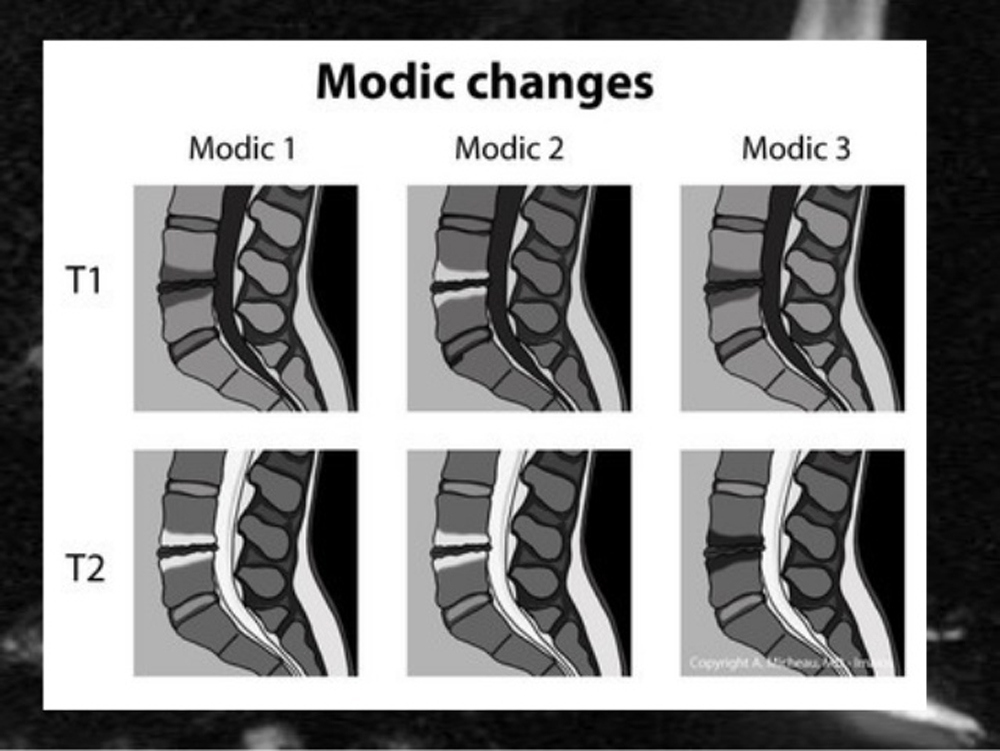Influences of Lumbar Disc Herniation on the Kinematics in Multi-segmental Spine, Pelvis, and Lower Extremities During Five Activities of Daily Living
SOURCE: BMC Musculoskelet Disord. 2017 (May 25); 18 (1): 216
Shengzheng Kuai, Wenyu Zhou, Zhenhua Liao,
Run Ji, Daiqi Guo, Rui Zhang and
Weiqiang Liu
Department of Mechanical Engineering,
Tsinghua University,
Haidian District,
Beijing, 100084, China.
BACKGROUND: Low back pain (LBP) is a common problem that can contribute to motor dysfunction. Previous studies reporting the changes in kinematic characteristics caused by LBP present conflicting results. This study aimed to apply the multisegmental spinal model to investigate the kinematic changes in patients with lumbar disc herniation (LDH) during five activities of daily living (ADLs).
METHODS: Twenty-six healthy subjects and 7 LDH patients participated in this study and performed level walking, stair climbing, trunk flexion, and ipsilateral and contralateral pickups. The angular displacement of the thorax, upper lumbar (ULx), lower lumbar (LLx), pelvis, hip, and knee was calculated using a modified full-gait-model in the AnyBody modeling system.
RESULTS: In the patient group, the ULx almost showed no sagittal angular displacement while the LLx remained part of the sagittal angular displacement during trunk flexion and the two pickups. In the two pickups, pelvic tilt and lower extremities’ flexion increased to compensate for the deficiency in lumbar motion. LDH patients exhibited significantly less pelvic rotation during stair climbing and greater pelvic rotation in other ADLs, except in contralateral pickup. In addition, LDH patients demonstrated more antiphase movement in the transverse plane between ULx and LLx, during level walking and stair climbing, between thorax and pelvis in the two pickups.
There are more articles like this @ our:
CONCLUSIONS: Lumbar disc herniation (LDH) patients mainly restrict the motion of lower lumbar (LLx) and upper lumbar (ULx) in the spinal region during the five ADLs. Pelvic rotation is an important method to compensate for the limited lumbar motion. Furthermore, pelvic tilt and lower extremities’ flexion increased when ADLs were quite difficult for LDH patients.
KEYWORDS: Computing model; Kinematics; Lumbar disc herniation; Multi-segmental spine
From the Full-Text Article:
Background
Low back pain (LBP) is a common musculoskeletal problem affecting 70–85% of all people at some point in their life [1] and causes deficiencies in motor regulation and movement pattern. These deficiencies might lead to the development of musculoskeletal dysfunction [2] and overloading of some anatomical structures in the low back region, aggravating musculoskeletal pain. Therefore, it is essential to understand kinematic characteristics in people with LBP during activities of daily living (ADLs) for their treatments, especially when gait and functional training are part of the intervention.
Patients with LBP usually display restricted motion characteristics in ADLs because of musculoskeletal pain. They employ different motor control strategies to relieve pain and compensate for the limited segmental or joint motion during different ADLs.
In level walking, Muller et al. reported that patients with LBP demonstrate less movement in the transverse plane [3–5], while Huang et al. determined that patients with LBP display greater spinal or pelvic rotation [6]. In addition, according to the research by Lamoth et al. [7, 8], no significant difference was observed between the pelvic rotations of patients with LBP and control subjects. In level running, the amplitude of pelvis and trunk rotation decreased significantly in patients with LBP in Muller’s study [4], while Seay et al. discovered only greater pelvic rotation in LBP than in the control group [9]. In [10], the range of motion (ROM) in the lumbar spine during stair climbing was determined to be significantly smaller in patients with LBP than in control subjects; no other reports related to lumbar motion during stair climbing have been found based on the authors’ knowledge. In [11], during trunk flexion, LBP subjects exhibited significant reductions in the magnitude of hip flexion and spinal movement in all the three planes, while in Jandre’s study participants with LBP showed restriction in the ROM of pelvis and thorax but high ROM of lumbar spine [12]. In addition, Kim et al. showed that the flexion angle of the lumbar spine was larger in LBP patients than in healthy subjects [13]. In these studies, LBP patients displayed different kinematic variability during different ADLs. However, researchers have also presented conflicting results regarding the same ADL.
SOURCE: Read the rest of this Full Text article now!





Leave A Comment